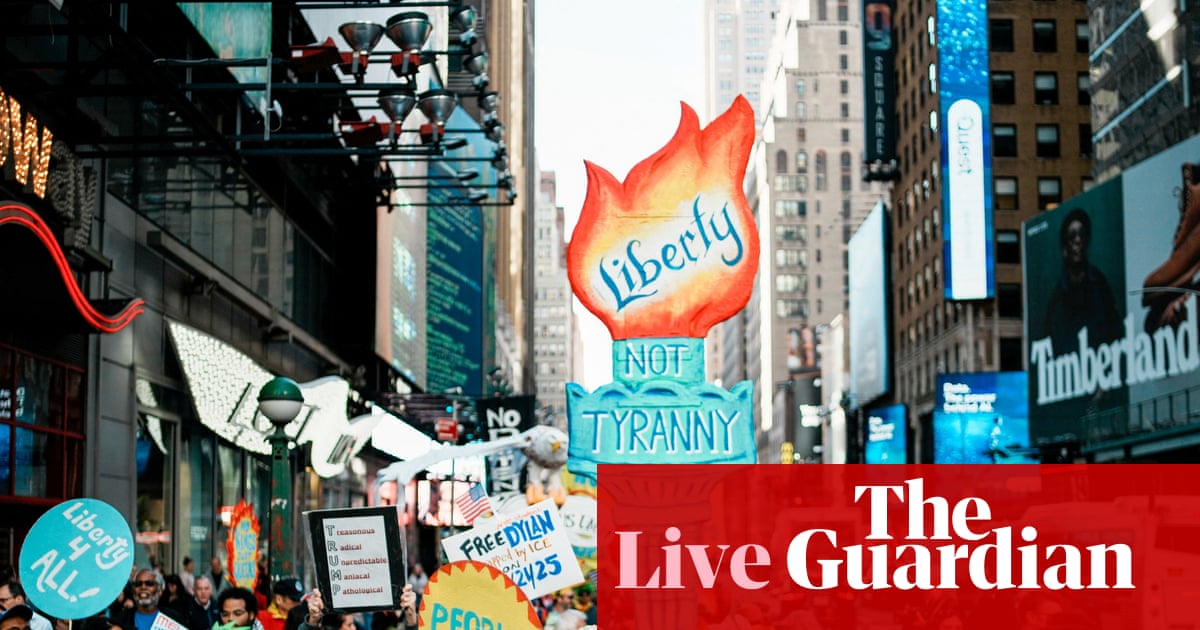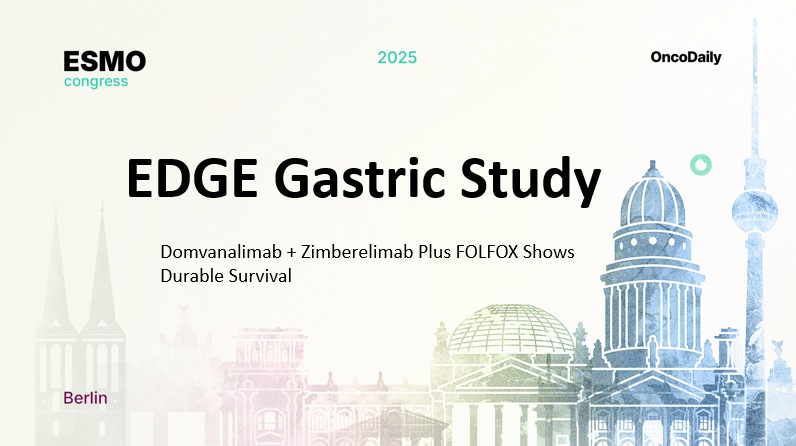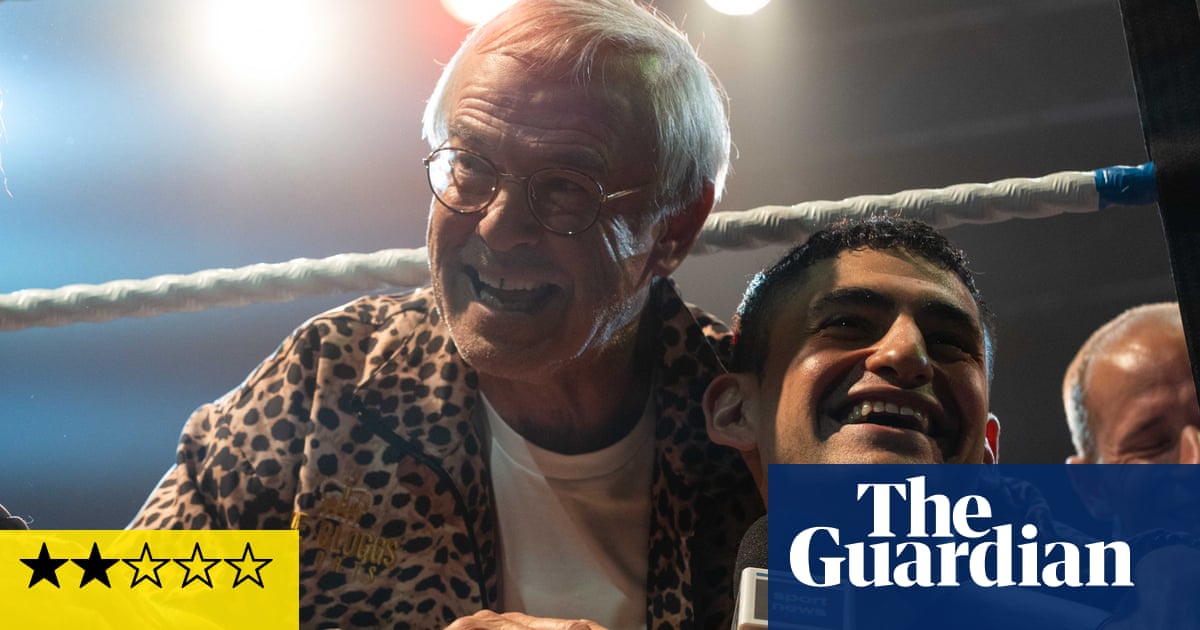Workers in Blizzard’s Hearthstone and Warcraft Rumble teams have voted to unionise with the Communications Workers of America.
Over 100 software engineers, designers, artists, quality assurance testers, and producers voted to join…

Workers in Blizzard’s Hearthstone and Warcraft Rumble teams have voted to unionise with the Communications Workers of America.
Over 100 software engineers, designers, artists, quality assurance testers, and producers voted to join…

It’s been 40 years to the day since the Nintendo Entertainment System made its US debut, and to celebrate, gaming accessory maker 8BitDo has unveiled a line of NES-themed products. The includes a limited edition version of the company’s that…

Gold price fell slightly on Friday, October 17, but ended the week with the biggest rise since 2020. Gold futures dropped over 1% to around $4,260 an ounce after hitting an intraday high of $4,380. Despite the dip, gold was up 7% for the week as investors bought the precious metal amid uncertainty, Yahoo Finance reported.
Kyle Rodda, senior financial market analyst, said a “perfect storm” of global factors has pushed gold prices higher. Rising trade tensions between the United States and China, expectations of another Federal Reserve rate cut, and worries about regional banks have all driven investors toward safe-haven assets like gold.
Rodda, who is a market analyst at Capital.com, described the surge as “parabolic,” noting that prices have risen unusually fast. “Gold is sending an ominous message about the future,” he said. “It could be pointing to global instability or a sign of speculation that might burst later.”
Gold’s year-to-date performance has been remarkable, up nearly 59%. Central banks worldwide have been buying gold at record levels, while a weaker US dollar and falling interest rates have made holding gold more attractive than cash or bonds.
At the same time, gold-backed exchange-traded funds (ETFs) saw record inflows last quarter, highlighting strong appetite from both retail and institutional investors.
A Bank of America Fund Managers Survey recently found that gold is the most crowded trade in the market, beating out the “Magnificent Seven” tech stocks. 39% of fund managers have no gold, 35% have 2-4% of their portfolio in gold.
Also Read: Gold, silver prices hit records on US credit fears and ‘US-China trade war’
Several major banks have lifted their gold price targets. BofA analysts reiterated their “long gold” call, predicting prices could reach $6,000 per ounce by mid-2026. Goldman Sachs raised its forecast to $4,900 by the end of next year, and JPMorgan expects prices could climb to $6,000 by 2029.
For now, gold’s upsurge is due to global uncertainty and investor nervousness. Whether it continues or becomes a bubble will depend on how central banks and the world economies react to inflation, rate cuts and geopolitical risks in the coming months.
Also Read: No Kings protests to sweep US as millions plan to march against Trump’s policies
Gold prices rose due to trade tensions, rate-cut expectations, and worries about banks, making investors buy gold as a safe option.
Gold futures reached an intraday high of around $4,380 an ounce before ending the week near $4,260.
Experts say prices may rise further if global uncertainty, inflation, and interest rate cuts continue, but some warn it could become a bubble.

Rachel Leingang
Millions are expected to show out for protests on Saturday at more than 2,500 locations across America, from small towns to large cities, to speak against the Trump administration.

At the ESMO Congress 2025 in Berlin, Dr. Yelena Y. Janjigian (Memorial Sloan Kettering Cancer Center, New York, USA) presented updated long-term results from the Phase II EDGE Gastric study (NCT05329766), sponsored by Arcus Biosciences and Gilead Sciences. The trial evaluated the dual immune checkpoint blockade of domvanalimab (Dom)—an Fc-silent anti-TIGIT antibody developed by Arcus—and zimberelimab (Zim)—an anti–PD-1 antibody—in combination with FOLFOX chemotherapy in the first-line (1L) treatment of HER2-negative advanced gastric (GC), gastroesophageal junction (GEJC), and esophageal adenocarcinoma (EAC).
At a 26-month follow-up, the combination demonstrated durable efficacy, achieving a median overall survival (OS) of 26.7 months and median progression-free survival (PFS) of 13.2 months, reinforcing dual PD-1/TIGIT blockade as a promising next-generation immunotherapy strategy for upper gastrointestinal adenocarcinomas.
Despite advances in immunotherapy, long-term outcomes for patients with advanced gastric and GEJ cancers remain poor. While PD-1 inhibitors have become a mainstay of first-line therapy, resistance and limited response durability remain major challenges.
The TIGIT pathway, a key regulator of T-cell exhaustion, has emerged as a complementary target to PD-1, with potential to deepen and sustain immune responses.
The EDGE-Gastric trial (Arm A1) was designed to assess whether dual inhibition of PD-1 and TIGIT, combined with chemotherapy, could enhance anti-tumor immunity and improve survival outcomes in this population.
Patients received:
Primary endpoints included safety and objective response rate (ORR) by RECIST v1.1, while secondary endpoints assessed progression-free survival (PFS) and overall survival (OS).
A total of 41 patients were enrolled, 63% of whom had gastric cancer.
The median follow-up at data cutoff (March 3, 2025) was 26.4 months.
The combination of Dom + Zim + FOLFOX continued to yield durable and consistent efficacy:
The benefit was consistent across PD-L1 subgroups:
These findings highlight robust, long-lasting responses, particularly in PD-L1–high tumors, with durable benefit extending beyond two years.
The safety profile of Dom + Zim + FOLFOX remained manageable and comparable to PD-1–based chemotherapy regimens.
The regimen demonstrated a favorable safety profile and consistent benefit across PD-L1 subgroups, establishing a strong rationale for phase III validation.
The ongoing STAR-221 trial (NCT05568095) will compare Dom + Zim + chemotherapy directly with nivolumab + chemotherapy in the same setting.
You Can Also Raed INTEGRATE IIb Trial at ESMO 2025: Regorafenib Plus Nivolumab vs Chemotherapy in Advanced Gastric and GEJ Cancer by OncoDaily
You can read the full abstract here

During the treatment period, the proportion of patients who developed at least one SPT was 11% in the cemiplimab arm (n = 209) compared with 12% in the placebo arm (n = 206); during the study’s follow-up period, these rates were 8% and 7%, respectively. During the treatment period, the cumulative number of SPTs was 32 with cemiplimab vs 82 for placebo, corresponding to annualized, adjusted annualized SPT rates of 1.23 (95% CI, 0.60-2.54) and 2.81 (95% CI, 1.23-6.45), respectively. In the follow-up period, 36 total SPTs occurred in the cemiplimab arm vs 41 in the placebo arm, and the annualized SPT rates were 0.72 (95% CI, 0.30-1.71) and 1.17 (95% CI, 0.40-3.49), respectively.
During the treatment period, 9% of patients in the cemiplimab arm had 1 SPT, 1% had 2 SPTs, less than 1% had 3 SPTs, 0% had 4 SPTs, less than 1% had 5 SPTs, and 0% had 6 or more SPTs. In the placebo arm, these rates were 8%, 2%, less than 1%, less than 1%, 0%, and 1%, respectively. Incidence was similar during the follow-up period, with 4% of patients in each arm experiencing 1 SPT and less than 1% of patients falling into the multiple SPT groups within each arm.
In a post hoc analysis incorporating the first occurrence of SPTs alongside disease-free survival (DFS) events (recurrence or death), efficacy continued to favor cemiplimab over placebo (HR, 0.43; 95% CI, 0.30-0.60). The median DFS in this analysis was not reached (NR; 95% CI, not evaluable [NE]-NE) in the cemiplimab group vs 21.7 months (95% CI, 12.9-39.2) in the placebo group. At 24 months, DFS rates were 81.1% with cemiplimab vs 59.1% with placebo, and this benefit was maintained over time, with rates of 73.4% vs 48.7% at 36 months and 68.4% vs 41.5% at 48 months, respectively.
“The lower number of SPTs in the cemiplimab arm appeared to be driven by a small number of patients with multiple SPTs observed in the placebo arm. The robust [DFS] efficacy signal with cemiplimab vs placebo was maintained in a post hoc analysis in which SPTs were included as [DFS] events,” Danny Rischin, MD, who serves as the director of Medical Oncology at the Peter MacCallum Cancer Centre in Melbourne, Australia, noted in the conclusion of his presentation. “These prospective, randomized data suggest that there may be a subset of patients who experience fewer SPTs with cemiplimab, although further investigation is required.”
With a median follow-up of 24 months (range, 2-64), previously reported findings from the primary analysis showed that patients who received adjuvant cemiplimab after surgical resection and postoperative radiotherapy achieved a median DFS that was NR (95% CI, NE-NE) compared with 49.4 months (95% CI, 48.5-NE) among those treated with placebo (n = 206; HR, 0.32; 95% CI, 0.20-0.51; P < .001). The estimated 24-month DFS rates were 87.1% (and 64.1%, respectively.
Based on those findings, on October 8, 2025
The phase 3 C-POST trial is a randomized, double-blind, placebo-controlled study designed to evaluate adjuvant cemiplimab in patients with histologically confirmed CSCC who had undergone complete resection with curative intent and completed postoperative radiotherapy.1 Patients were required to have high-risk features, which included nodal extracapsular extension with at least one lymph node measuring 20 mm or more, or three or more involved lymph nodes; in-transit metastases; perineural invasion; T4 lesions; or recurrent CSCC with 1 or more additional high-risk characteristics.
Participants were randomly assigned 1:1 to receive cemiplimab or placebo. In part 1 of the study, patients received cemiplimab at 350 mg intravenously every 3 weeks for 12 weeks, followed by cemiplimab at 700 mg every 6 weeks for an additional 36 weeks. Those in the control group received matched placebo on the same schedule. Treatment continued until completion of the planned duration, disease recurrence, or unacceptable toxicity.
Patients who experienced recurrence after completing placebo treatment or after at least three months following cemiplimab completion were eligible to enter an optional open-label extension phase (part 2) to receive cemiplimab at 350 mg every 3 weeks for up to 96 weeks.
The primary end point of the trial was DFS. Key secondary end points include freedom from locoregional recurrence, freedom from distant recurrence, cumulative occurrence of second primary tumors, overall survival, and safety.
The median age of patients was 71.0 years (range, 33-87) in the cemiplimab group and 70.5 years (range, 36-95) in the placebo group. Most patients were 65 years of age or older, representing 73% and 68% of each respective arm. The majority of participants were male (83% in both arms) and White (90% vs 92%).
Geographically, 43% of patients in the cemiplimab arm and 44% in the placebo arm were enrolled from Australia or New Zealand, 18% and 15% were from North America, and 39% and 41% were from the rest of the world.
Most patients had resected high-risk tumors located in the head and neck region (79% in the cemiplimab group vs 86% in the placebo group), and 21% and 14% had non–head and neck tumors, respectively. Regarding risk classification, 60% of patients in the cemiplimab arm and 57% in the placebo arm were categorized as having nodal high-risk disease; 40% and 43%, respectively, had non-nodal high-risk features.
Disclosures: Rischin reported receiving institutional research funding from ALX Oncology, AstraZeneca, Bicara Therapeutics, Decibel Therapeutics, Erasca, Marck, and Regeneron Pharmaceuticals; and having uncompensated relationships with Eisai, GSK, Merck, and Regeneron Pharmaceuticals.

There’s a really good cast here, in a movie with a real-life story to tell: how Irish boxing trainer Brendan Ingle mentored a cheeky Sheffield kid from migrant Yemeni parents, “Prince” Naseem Hamed, teaching him to stand up to racist…